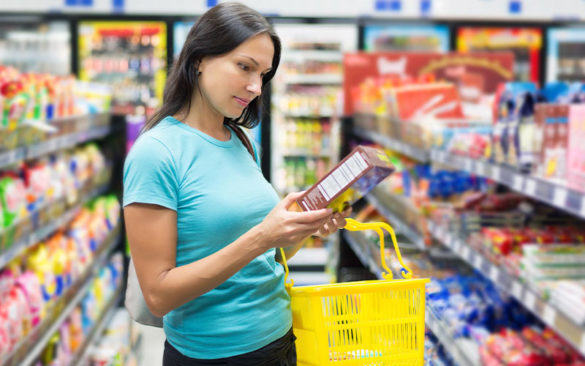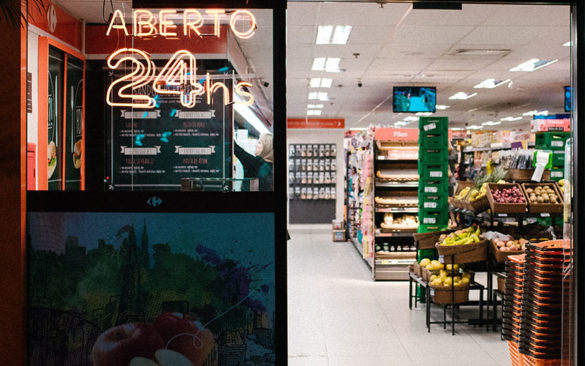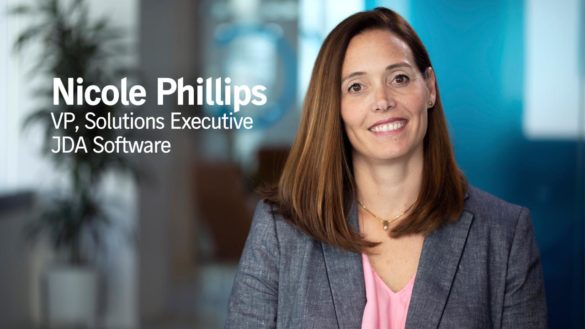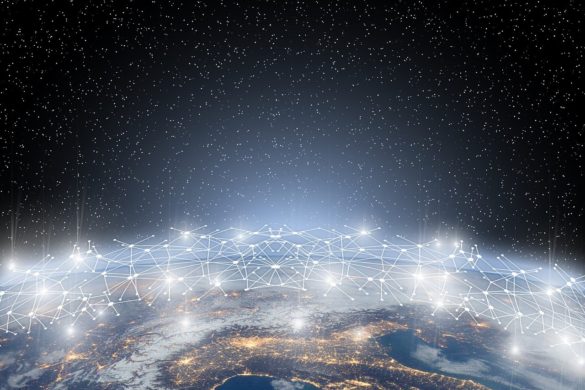4 Questions with IKEA Food’s Digital Transformation Leader, Lars Gunnarsson
NRF 2020 is right around the corner, and we are thrilled to highlight our customer IKEA Food in their digital transformation journey in our booth, 4237. We sat down with Lars Gunnarsson, deputy managing director and digital transformation leader, IKEA Food, to get a deeper…
2020 Vision: Three Keys to Retail Success in the New Year
As NRF approaches, retailers need to recognize three key facts about the retail environment that will determine their success or failure in 2020. It’s appropriate that NRF, Retail’s Big Show, is scheduled for early January. The dawn of a new year is the perfect time…
5 Retail Trends to Keep Your Eyes on in 2020
As we settle into the new decade, we look back on all the transformative activity within the retail industry over the course of 2019 and look forward to how it will shape the rest of 2020. The ongoing trade war with China, holiday and consumer…
Getting Proactive with Markdowns [Video]
Predicting demand, and creating markdown strategies, for items with short life cycles — such as winter apparel — have traditionally depended on historic sales data and regression analysis. Today, clustering algorithms from JDA can help you predict demand and create markdowns more accurately, based on…
Meet the New Convenience Store Shopper
Today’s C-store customers are a different breed, with a new generation of wants and needs. How well do you understand and address these shoppers’ preferences? There’s no doubt that convenience stores have experienced a radical transformation. Once a specialty source for gasoline, cold beverages and…
Price Elasticity: Your New Strategic Weapon [Video]
How much are consumers really willing to pay? And which products can capitalize on flexible pricing to stimulate demand? New capabilities from JDA leverage artificial intelligence (AI) to support fact-based decisions about price elasticity, helping you transform agile pricing into a competitive weapon. Explore how…
Next-Gen Pricing, Next-Level Profits [Video]
While past pricing solutions were focused on execution, today’s next-generation pricing solutions from JDA are more strategic in nature — considering both internal constraints and external factors, such as weather, that can affect demand. Discover how you can leverage these next-gen solutions to take your…
Sustainability: A Fresh Opportunity for Convenience Stores
How can convenience store owners and managers contribute to sustainability — and increase their own profits? The answer is surprisingly simple. Statistics show that about 795 million people worldwide are undernourished — which is about one in nine people. At the same time, about one-third…
Getting Smarter About AI in Retail Planning [Video]
Volatile consumer demand. Soaring expectations for service and responsiveness. Endless purchasing options. How can retailers expect to succeed? The answer lies in using artificial intelligence (AI) to gather data and make fact-based, strategic decisions — no matter how many internal and external factors are involved….
Finding the Value in Your Control Tower
Talking with supply chain leaders across the industry, it’s clear that supply chain control towers are being tasked with more and more functionality. It’s a natural evolution. After all, control towers collect and leverage large data sets from across the end-to-end supply chain. If data…










